
- Home
- About Us
- Workflow
- Projects
- Customer Feedback
- Private Policy
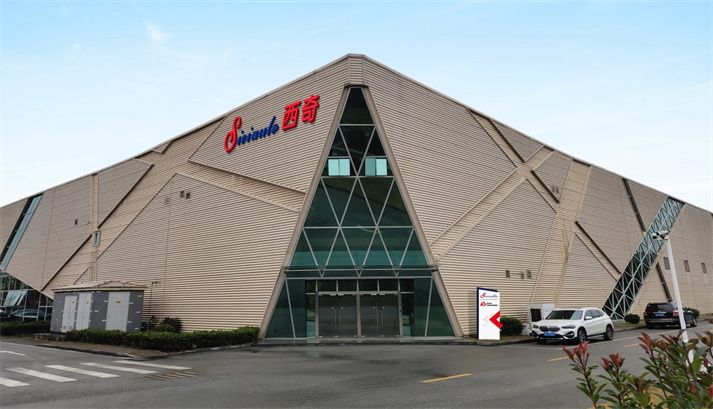
- Products
- Overwrapping Machine
- Cartoning Machine
- Case Packer
- Labeling Machine
- Shrink Wrapping Machine
- Case Erector
- Case Sealer
- Check Weigher
- Strapping Machine
- All-side Ironing Machine
- Tea Bag Packing Machine
- Packaging Materials
- Pillow Type Packing Machine
- Filling And Capping Machine
- Tube Sealing Machine
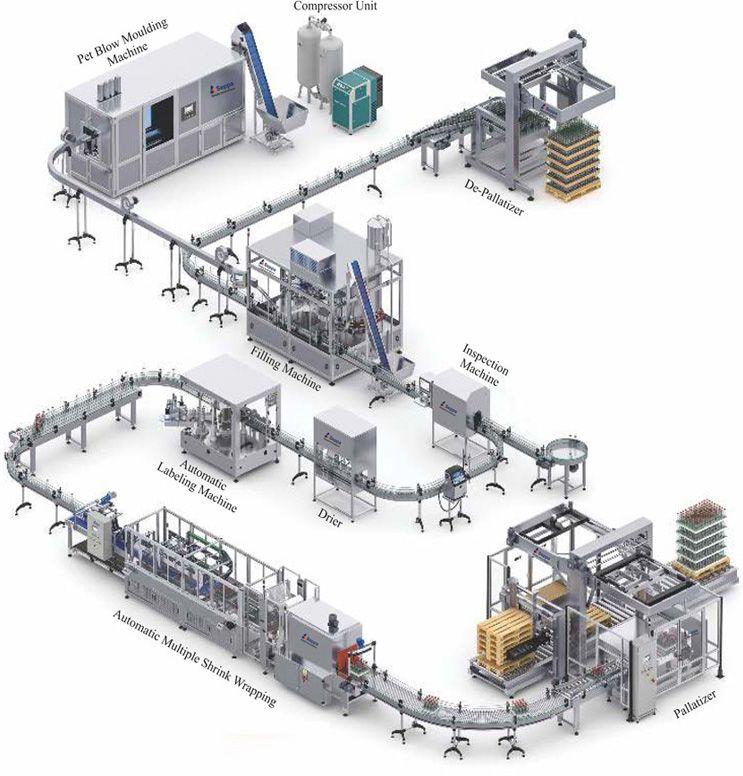
- Solutions
Ten Keys to Select a Cartoning Machine2022-04-14Ten Keys to Select a Cartoning Machine
The packaging of beauty cosmetics, medicine, food, health products, daily chemicals, toys, etc. all need to use cartoning machines. In the case of many cartoning machine manufacturers and types in the market, choosing the most expensive is not necessarily the best. The most important thing is what is suitable for the development of the enterprise. So, how do companies choose a cartoning machine that suits them?
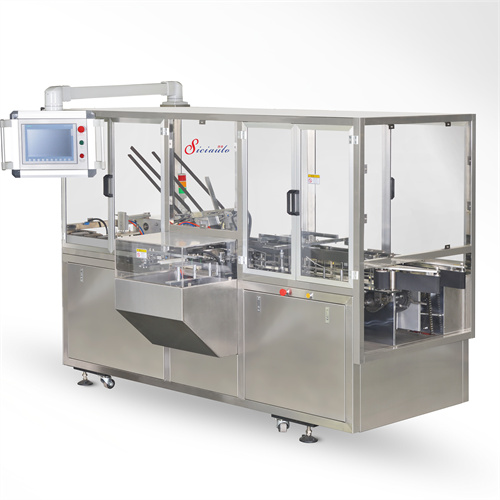
1, Select the cartoning machine according to the product
The cartoner you choose should match your product, and carton size. For example, if the product is free-flowing (granular or loose), you would choose a vertical cartoner. For products that can be loaded both vertically and horizontally, horizontal equipment is the best choice. Most cartoners on the market are horizontal loading, they are more flexible and less expensive than vertical cartoners.
2, Confirm your production capacity
The first thing to confirm is whether the cartoning work is done on the production line or offline. For line speed, divide the maximum product production speed by the number of product packages per carton, and then also consider overload capacity (the possibility of increasing production speed through new processes or technologies). For offline speed, determine the daily weekly or monthly shipping quota, making sure to use the true number of days per week or hours per day to calculate how many cartons can be loaded per minute.
3, Material selection
Are you using virgin cardboard (new fiber, more expensive) or recycled material (cheaper)? Poor quality material will definitely affect the boxing quality. You also need to consider the cover and glue format design of the carton, which should be prepared in advance, rather than solving this problem after the equipment has been delivered to the site.
4, Make good use of the supplier's experience and knowledge
Include your carton supplier on your project team. You can benefit from bringing together material experts and equipment experts. Sometimes small changes in carton design, materials and coatings can greatly improve the performance of a cartoner. Sometimes, if the equipment supplier can specifically design the equipment, you may be able to optimize your carton design and use thinner materials to save costs.
5, Post-service and training
The supplier should also continue to provide technical support after the machine is installed in the factory. By knowing how many service technicians a supplier has, you can know how fast his service feedback is. If you and the supplier are in different areas, make sure you are in his service coverage area?
If the on-site service cannot be provided due to the epidemic, does the manufacturer provide detailed installation instructions, instruction manuals, and operation videos to help customers use the machine without obstacles?
Is there a HelpDesk?
Is it possible to call for technical questions?
Or discuss the future performance of the device. In general, customers need to train operators, maintenance and electrical techniques after buying a new machine, so choose a supplier who can provide a full range of training services.
6, Can be integrated with upstream and downstream equipment
This question is often overlooked. The cartoner is generally located in the middle of the production line, make sure that the cartoner you buy can connect and communicate with upstream and downstream equipment. Because a production line also includes various other machines, such as laminating machine, glue spraying machine, opening and sealing machine. So when you buy a cartoner, make sure your supplier knows how to integrate the line.
7, Delivery time
Today's customers demand fast delivery and, more importantly, they require suppliers to deliver machines within agreed deadlines. You can request the supplier's production plan to ensure the progress of all production steps, including design, procurement, assembly, testing, wiring and programming.
8, Replacement of parts
How can you make this changeover faster when you're producing another size package? Are your components color-coded and categorized? Are all parts used in one size the same color? Don't forget to color-sort your components. In addition, you need to think about how to store and place these parts, so that they can be found quickly when they are found.
9, Don't forget spare parts
You should ask your supplier for a Critical Spare Parts List and a Recommended Spare Parts List as soon as circumstances permit. Have these spare parts delivered with the machine so that if something goes wrong while the machine is in service, you can fix it quickly. You need to check both lists to see what parts you have and what you can get from local suppliers.
10, Consider future needs
Will you use larger packs or cluster packs in the future? If the machine you choose can only produce two sizes, then in the future you will need to buy a new machine. Retrofits can often be very expensive. Prepare for the future ahead of time by choosing flexible and promising machines that will allow you to meet future production needs.
About us- Tel: +86-510- 85868879
- E-mail: sales@siciauto.com
- Address: No.132-4, Rongyu Road, Xishan Economic Development Zone, Wuxi City, Jiangsu Province, China.
- SUPPLIER







- PROJECTS
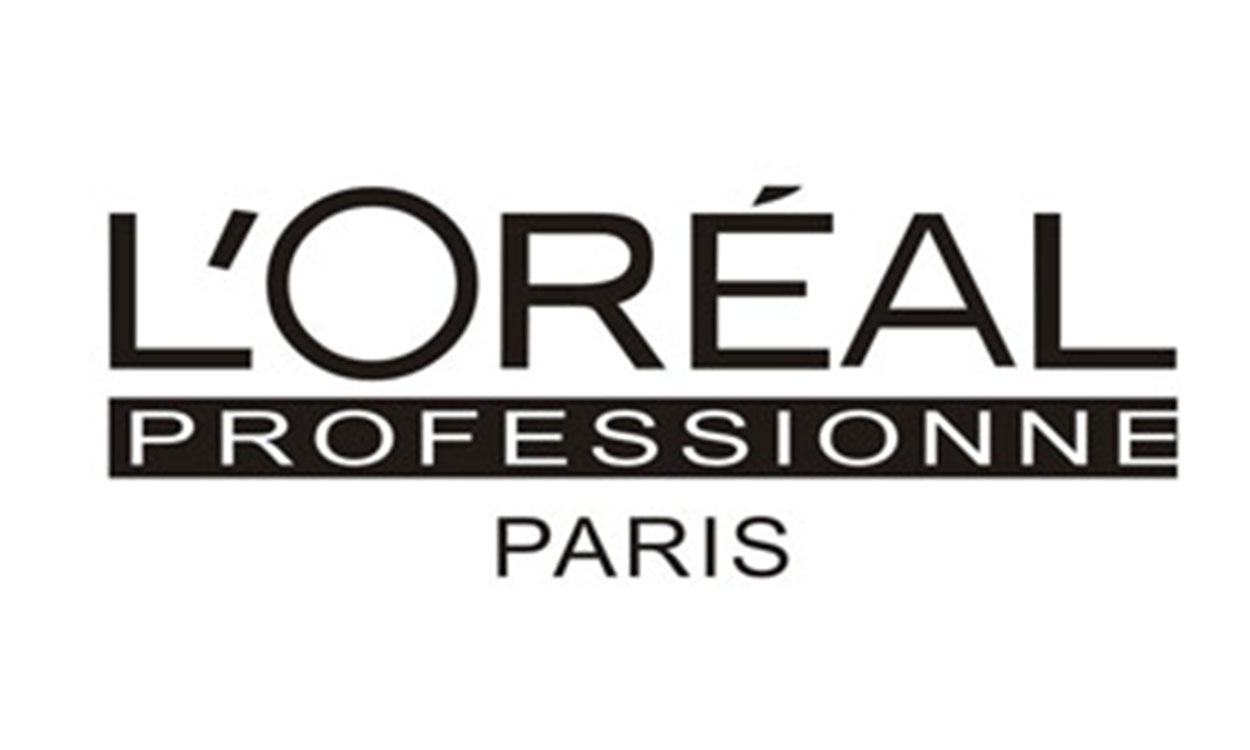


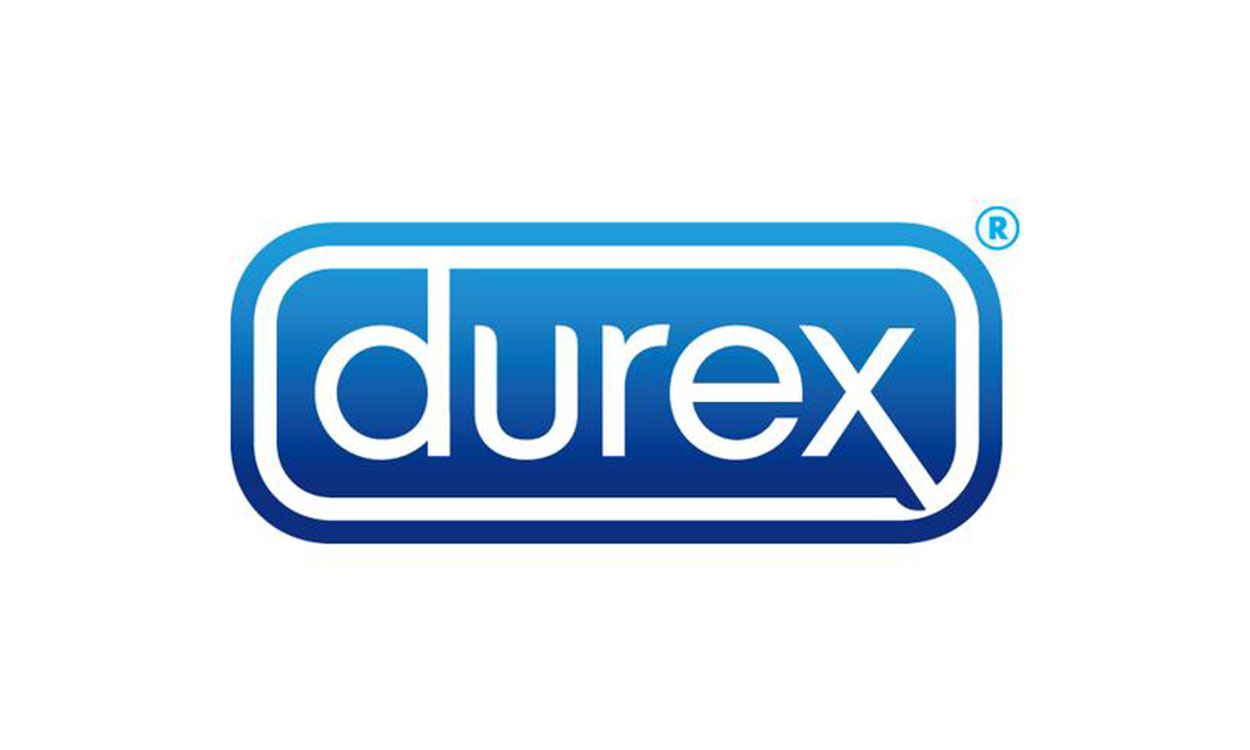

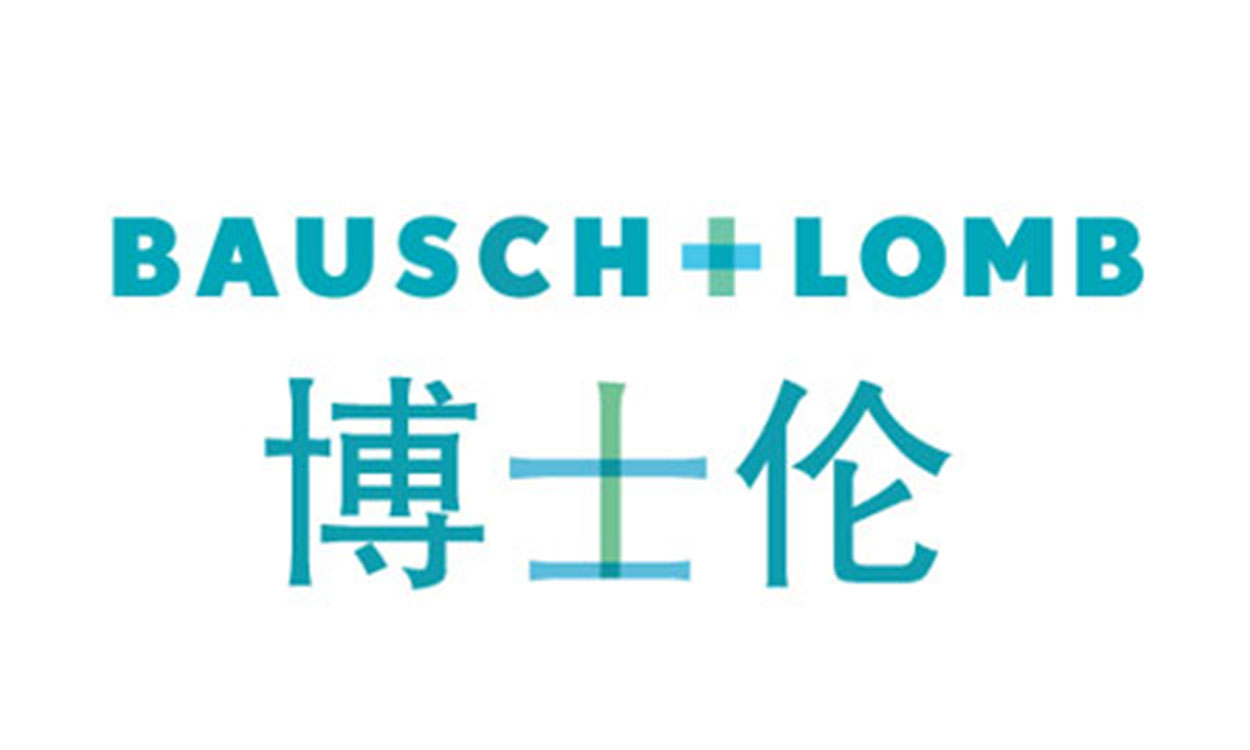

Wuxi Sici Auto Co., Ltd. Boxmedia







